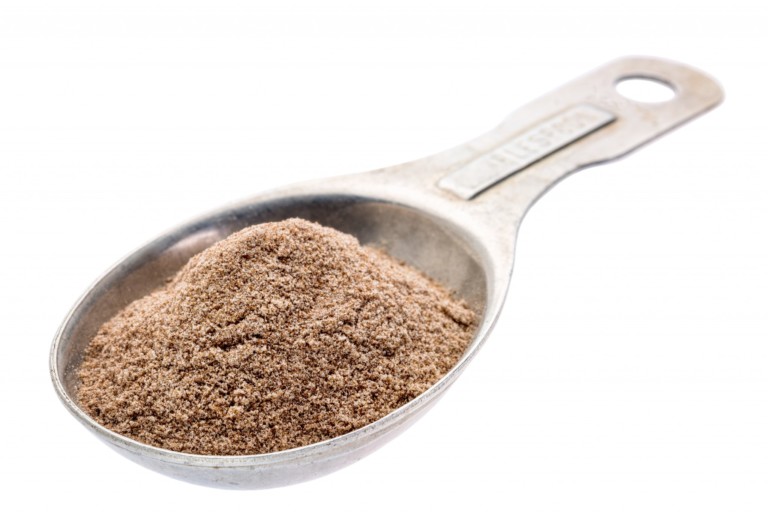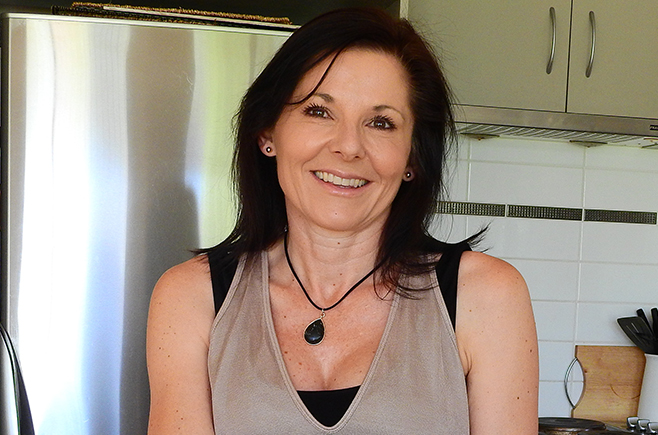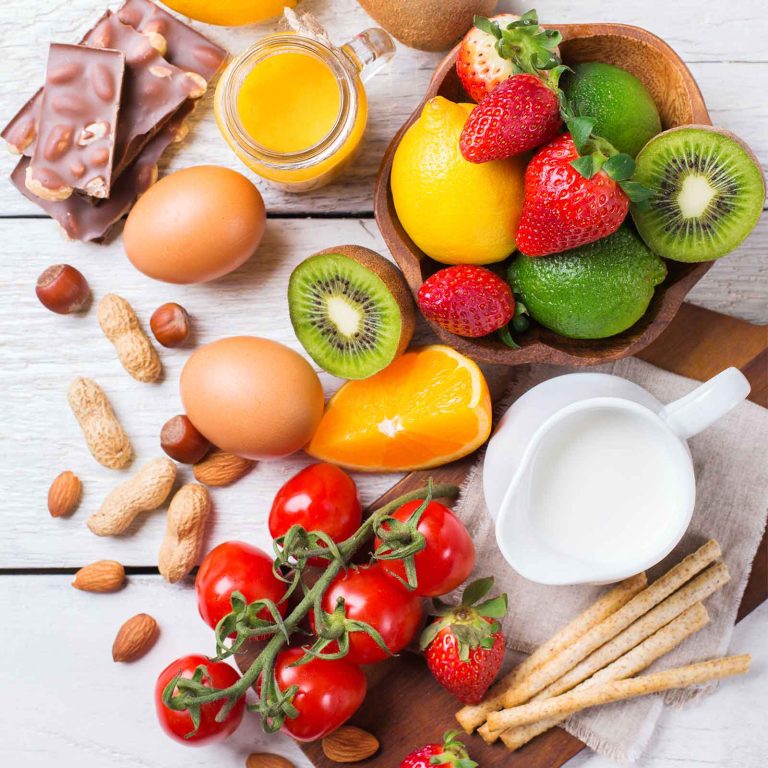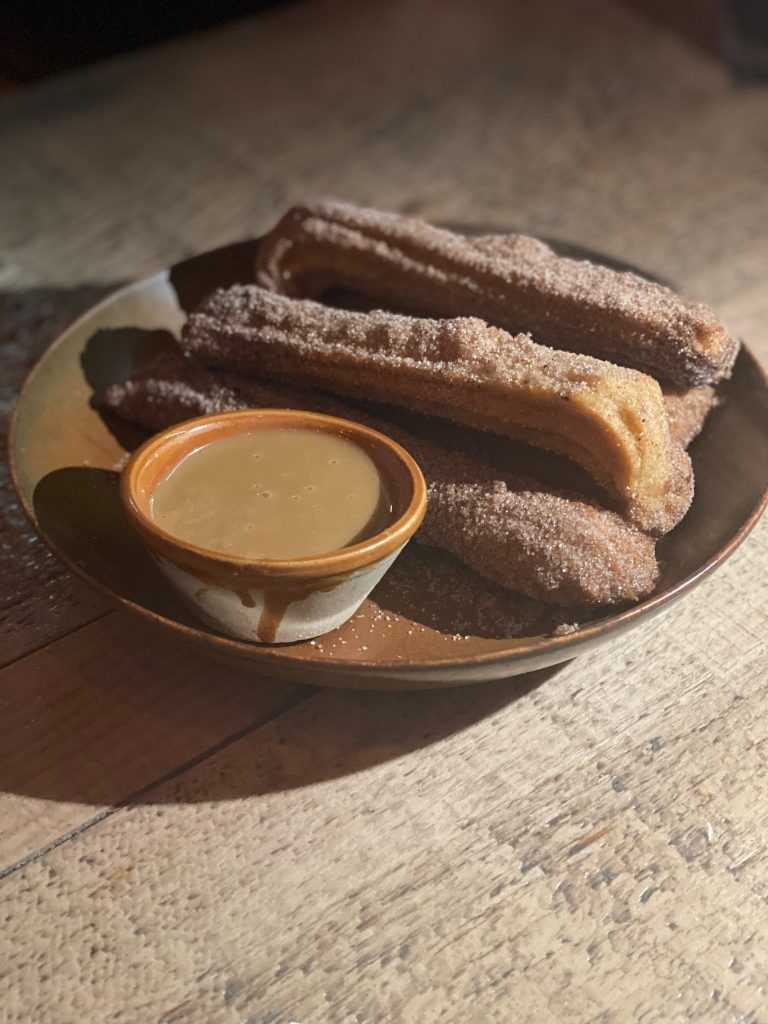Do you know your quinoa from your teff? Dietitian JOEL FEREN explains why we should all be eating gluten-free grains.
Whole grains are suddenly the talk of the town, but not always for the right reasons. Although some have vilified grains for causing many of our current health ills, the evidence on whole grains paints an entirely different picture. The overwhelming consensus among nutritional scientists is that we should wholeheartedly embrace (and devour) whole grains. They needn’t be feared or demonised, but simply enjoyed as part of a healthy balanced diet.
Have you ever wondered what makes a grain a whole grain? After all there are a number of them. All whole grains are composed of three layers: a bran layer, the endosperm and the germ. The outer bran layer contains fibre and a number of vitamins, minerals and phytochemicals. The endosperm, which supplies the energy for the germ, is choc-a-block full of carbohydrates and protein. Meanwhile, the germ contains the genetic make-up of the grain and is rich in essential fats, vitamin E and B-group vitamins as well as other phytonutrients. So the term ‘whole grain’ is used to define a complete grain, flour or cereal that contains all three elements.
Whole grains are nutritional powerhouses that boast a high protein and fibre content and contain a raft of essential vitamins and minerals. Research shows that people who regularly include whole grains as part of their diet have lower cholesterol levels and blood pressure rates and are less likely to develop diabetes and certain cancers. The high fibre content of these grains may also assist with weight management by increasing satiety. They really do tick every nutritional box.
It’s essential to differentiate between nutrient-rich carbohydrate foods like whole grains, legumes, dairy foods, fruit and starchy vegetables and nutrient-poor foods such as soft drinks, confectionery, cakes, biscuits and fruit juice. Not all carbohydrates are created equal. And while it’s true that our intake of discretionary foods should be minimised, restricting one’s intake of whole grain foods and other rich sources of nutrition is counter-intuitive. Doing so can lead to low fibre intake, digestive issues and nutrient deficiencies. It’s time to celebrate the wholesomeness of whole grains.
The necessary elimination of traditional breads and cereals by those following a gluten-free diet can lead to a decrease in consumption of whole grains, but it doesn’t have to be this way. Fortunately an abundance of gluten-free whole grains are now widely available. Here are some of the popular gluten-free grains that will be welcome additions to your plate and give your family some nutritional variety:
QUINOA
Qui noa (pronounced keen-wah) is a naturally occurring gluten-free grain originating from the Andean region of South America. It punches well above its weight in the nutrition stakes. Quinoa has a higher protein content than potatoes, brown rice and millet. It’s one of the few plant foods known to be a complete protein as it contains all the essential amino acids (building blocks of protein). It also has a relatively high fibre content and contains a wide array of vitamins and minerals including thiamine, riboflavin, B6, folate, iron, magnesium, potassium and phosphorous. Before cooking, it is important to rinse and soak quinoa to remove any excess saponins – a bitter-tasting compound. With its subtle flavour and crunchy texture, quinoa is particularly versatile and works exceptionally well in salads and risottos or as an accompaniment to meat or fish.
noa (pronounced keen-wah) is a naturally occurring gluten-free grain originating from the Andean region of South America. It punches well above its weight in the nutrition stakes. Quinoa has a higher protein content than potatoes, brown rice and millet. It’s one of the few plant foods known to be a complete protein as it contains all the essential amino acids (building blocks of protein). It also has a relatively high fibre content and contains a wide array of vitamins and minerals including thiamine, riboflavin, B6, folate, iron, magnesium, potassium and phosphorous. Before cooking, it is important to rinse and soak quinoa to remove any excess saponins – a bitter-tasting compound. With its subtle flavour and crunchy texture, quinoa is particularly versatile and works exceptionally well in salads and risottos or as an accompaniment to meat or fish.
AMARANTH
 The Aztecs once revered amaranth. It is a good source of vitamins A and C, folate, thiamine, niacin and riboflavin, as well as minerals such as iron, potassium, zinc, calcium, copper and manganese. Additionally, there is some evidence showing that regular consumption can lower blood pressure and cholesterol. Like quinoa, amaranth is a versatile grain and as such, can be included in breakfast cereals as well as soups and stews. Try adding a handful of amaranth to your breakfast cereal to boost its nutritional content.
The Aztecs once revered amaranth. It is a good source of vitamins A and C, folate, thiamine, niacin and riboflavin, as well as minerals such as iron, potassium, zinc, calcium, copper and manganese. Additionally, there is some evidence showing that regular consumption can lower blood pressure and cholesterol. Like quinoa, amaranth is a versatile grain and as such, can be included in breakfast cereals as well as soups and stews. Try adding a handful of amaranth to your breakfast cereal to boost its nutritional content.
MILLET
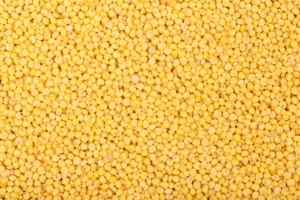 Millet has been around since ancient times. In fact, it is believed that millet was the staple grain across Asia before rice was introduced into the food supply. Millet is still widely consumed throughout Africa, probably because it is highly tolerant to extreme weather conditions such as drought. It also boasts an impressive nutrient profile. It’s low in fat and high in satiating carbohydrates. It’s a rich source of potassium, B-group vitamins and it is naturally low in sodium. Millet contains vitamin E as well as small amounts of iron, zinc, selenium, phosphorous and magnesium, copper and calcium. Millet even contains plant sterols, which have been shown to compete with cholesterol for absorption, thereby helping to reduce cholesterol levels in the blood supply.
Millet has been around since ancient times. In fact, it is believed that millet was the staple grain across Asia before rice was introduced into the food supply. Millet is still widely consumed throughout Africa, probably because it is highly tolerant to extreme weather conditions such as drought. It also boasts an impressive nutrient profile. It’s low in fat and high in satiating carbohydrates. It’s a rich source of potassium, B-group vitamins and it is naturally low in sodium. Millet contains vitamin E as well as small amounts of iron, zinc, selenium, phosphorous and magnesium, copper and calcium. Millet even contains plant sterols, which have been shown to compete with cholesterol for absorption, thereby helping to reduce cholesterol levels in the blood supply.
SORGHUM
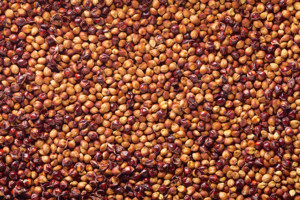 Sorghum belongs to the plant family. It is an important crop that is not only used for food but also used for animal fodder and the production of alcoholic drinks. It’s similar to millet in that crops can withstand drought, but it can also tolerate extreme temperatures. Sorghum has some worthy nutrition credentials, being a good source of fibre, rich in carbohydrates, low in fat and high in potassium. It contains vitamins E, thiamin, riboflavin, niacin and folate as well as essential minerals such as iron, zinc, magnesium, phosphorous and small traces of copper and calcium. Like millet, it’s a good source of plant sterols. Sorghum is traditionally used in Indian cuisine to make chapatti bread, but can also be found in breakfast cereals and muesli bars. Now here’s a great idea for the young ‘uns (and for those young at heart): popped sorghum is a tasty and nutritious treat that you can cook just as you would popcorn. It’ll be a family favourite in no time.
Sorghum belongs to the plant family. It is an important crop that is not only used for food but also used for animal fodder and the production of alcoholic drinks. It’s similar to millet in that crops can withstand drought, but it can also tolerate extreme temperatures. Sorghum has some worthy nutrition credentials, being a good source of fibre, rich in carbohydrates, low in fat and high in potassium. It contains vitamins E, thiamin, riboflavin, niacin and folate as well as essential minerals such as iron, zinc, magnesium, phosphorous and small traces of copper and calcium. Like millet, it’s a good source of plant sterols. Sorghum is traditionally used in Indian cuisine to make chapatti bread, but can also be found in breakfast cereals and muesli bars. Now here’s a great idea for the young ‘uns (and for those young at heart): popped sorghum is a tasty and nutritious treat that you can cook just as you would popcorn. It’ll be a family favourite in no time.
TEFF
 Teff has recently been labelled a ‘superfood’. While no single food will give you all the nutrients you need to sustain you, teff definitely goes a long way towards supplying your daily nutrients. Of all the grains, teff has the highest known quantity of calcium, providing 180mg per 100g. It’s a rich source of resistant starch, fibre and protein and is a wonderful source of potassium, vitamin B6 and magnesium. Teff can be used to make pancakes, bread, cereals and porridge. It’s definitely worth including in your diet.
Teff has recently been labelled a ‘superfood’. While no single food will give you all the nutrients you need to sustain you, teff definitely goes a long way towards supplying your daily nutrients. Of all the grains, teff has the highest known quantity of calcium, providing 180mg per 100g. It’s a rich source of resistant starch, fibre and protein and is a wonderful source of potassium, vitamin B6 and magnesium. Teff can be used to make pancakes, bread, cereals and porridge. It’s definitely worth including in your diet.
CORN
 Corn (aka maize) is another nutritious gluten-free grain. It provides carbohydrates, essential fats and potassium, B-group vitamins and vitamin E. It’s a good source of iron, zinc, magnesium, phosphorous, beta-carotene and it also contains a small amount of calcium. Compared to the other grains already listed, corn has a higher concentration of plant sterols, making it a good option for those with cholesterol concerns. Its culinary uses are wide-ranging. Fresh corn is eaten as a popular vegetable and most of us have a can of corn or a packet of cornflour in the pantry. Corn starch, corn meal, polenta – this is such a versatile grain. You can thicken your custards and desserts with cornflour, enjoy corn tacos or tortillas and consume corn grits as corn flakes and corn chips. Get the kids involved in the kitchen by making homemade nachos using corn tortillas, a little olive oil and herbs and spices. Top the nachos with reduced fat cheese, beans, tomato salsa and fresh avocado for a healthy version of this Mexican favourite.
Corn (aka maize) is another nutritious gluten-free grain. It provides carbohydrates, essential fats and potassium, B-group vitamins and vitamin E. It’s a good source of iron, zinc, magnesium, phosphorous, beta-carotene and it also contains a small amount of calcium. Compared to the other grains already listed, corn has a higher concentration of plant sterols, making it a good option for those with cholesterol concerns. Its culinary uses are wide-ranging. Fresh corn is eaten as a popular vegetable and most of us have a can of corn or a packet of cornflour in the pantry. Corn starch, corn meal, polenta – this is such a versatile grain. You can thicken your custards and desserts with cornflour, enjoy corn tacos or tortillas and consume corn grits as corn flakes and corn chips. Get the kids involved in the kitchen by making homemade nachos using corn tortillas, a little olive oil and herbs and spices. Top the nachos with reduced fat cheese, beans, tomato salsa and fresh avocado for a healthy version of this Mexican favourite.
BUCKWHEAT
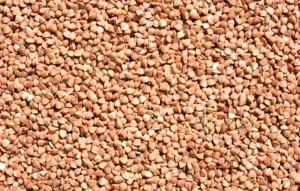 Buckwheat is actually a ‘pseudo-cereal’, rather than a ‘true grain’. Nevertheless, it’s commonly referred to as a grain because of its nutritional profile, flavour and appearance. Buckwheat has been a dietary staple in European and Asian cultures for approximately 8,000 years and with good reason too. It’s high in protein, essential fats, vitamins C, E and thiamine and minerals such as zinc, copper and manganese as well as having a low GI (Glycaemic Index). It’s also a wonderful source of dietary fibre, resistant starch and polyphenols. Buckwheat is used to make soba noodles and pancakes. Treat the kids to buckwheat pancakes and dress them up with berries and Greek yoghurt for a healthier spin on the original – just don’t tell them it’s good for them.
Buckwheat is actually a ‘pseudo-cereal’, rather than a ‘true grain’. Nevertheless, it’s commonly referred to as a grain because of its nutritional profile, flavour and appearance. Buckwheat has been a dietary staple in European and Asian cultures for approximately 8,000 years and with good reason too. It’s high in protein, essential fats, vitamins C, E and thiamine and minerals such as zinc, copper and manganese as well as having a low GI (Glycaemic Index). It’s also a wonderful source of dietary fibre, resistant starch and polyphenols. Buckwheat is used to make soba noodles and pancakes. Treat the kids to buckwheat pancakes and dress them up with berries and Greek yoghurt for a healthier spin on the original – just don’t tell them it’s good for them.
Whole grains are not only wholesome; they are versatile, relatively inexpensive and extremely tasty. Millions of people around the world are kept well-nourished thanks to whole grains. Let’s make 2016 the year of the whole grain. Start experimenting in the kitchen; get the kids involved too. Their growing bodies will thank you for it.
This article first appeared in Issue 8 of Australian Gluten-Free Life magazine. Pick up a copy today for tips on how to include more grains in your diet.
Image credit: Shutterstock


